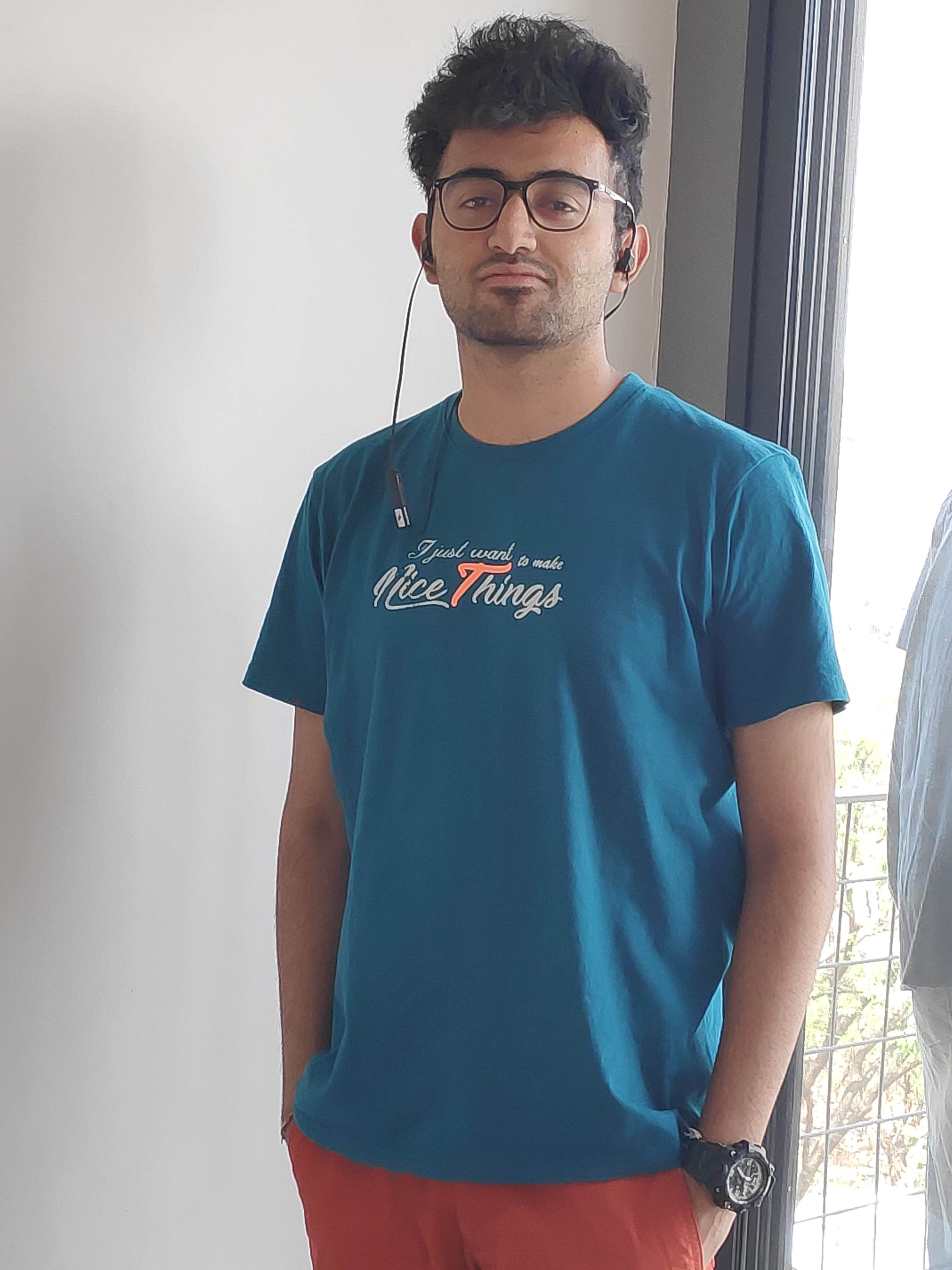Machine learning assisted determination of electronic correlations from magnetic resonance
Published in Physical Review E (submitted), 2022
In the presence of strong electronic spin correlations, the hyperfine interaction imparts long-range coupling between nuclear spins. Efficient protocols for the extraction of such complex information about electron correlations via magnetic response are not well known. Here, we study how machine learning can extract material parameters and help interpret magnetic response experiments. A low-dimensional representation that classifies the total interaction strength is discovered by unsupervised learning. Supervised learning generates models that predict the spatial extent of electronic correlations and the total interaction strength. Our work demonstrates the utility of artificial intelligence in the development of new probes of quantum systems, with applications to experimental studies of strongly correlated materials.
This project was funded my Google Summer of Code, and NSF grant No. OIA-1921199. I acknowledge support from the KVPY fellowship.
The full research work summary can be found on arxiv
